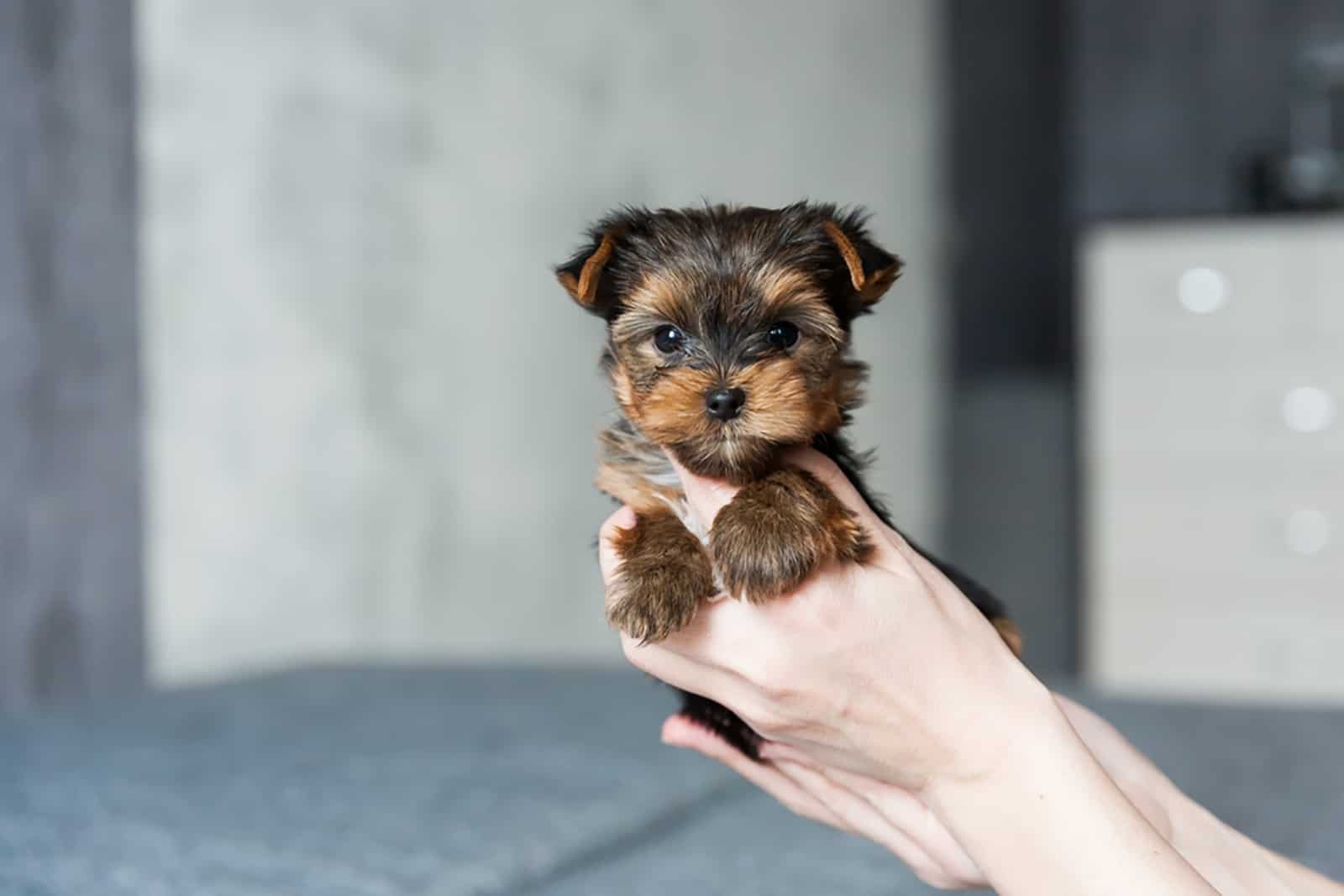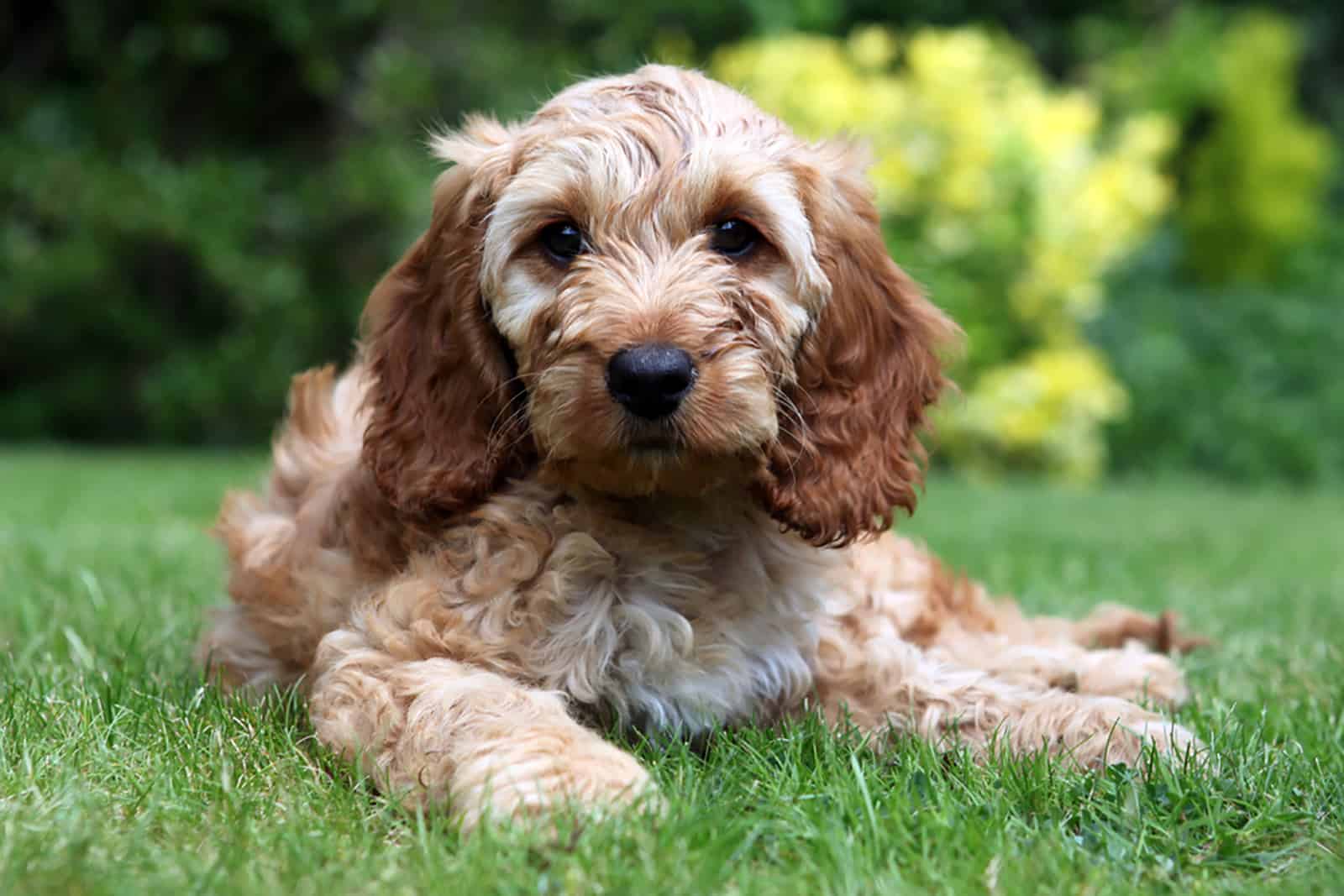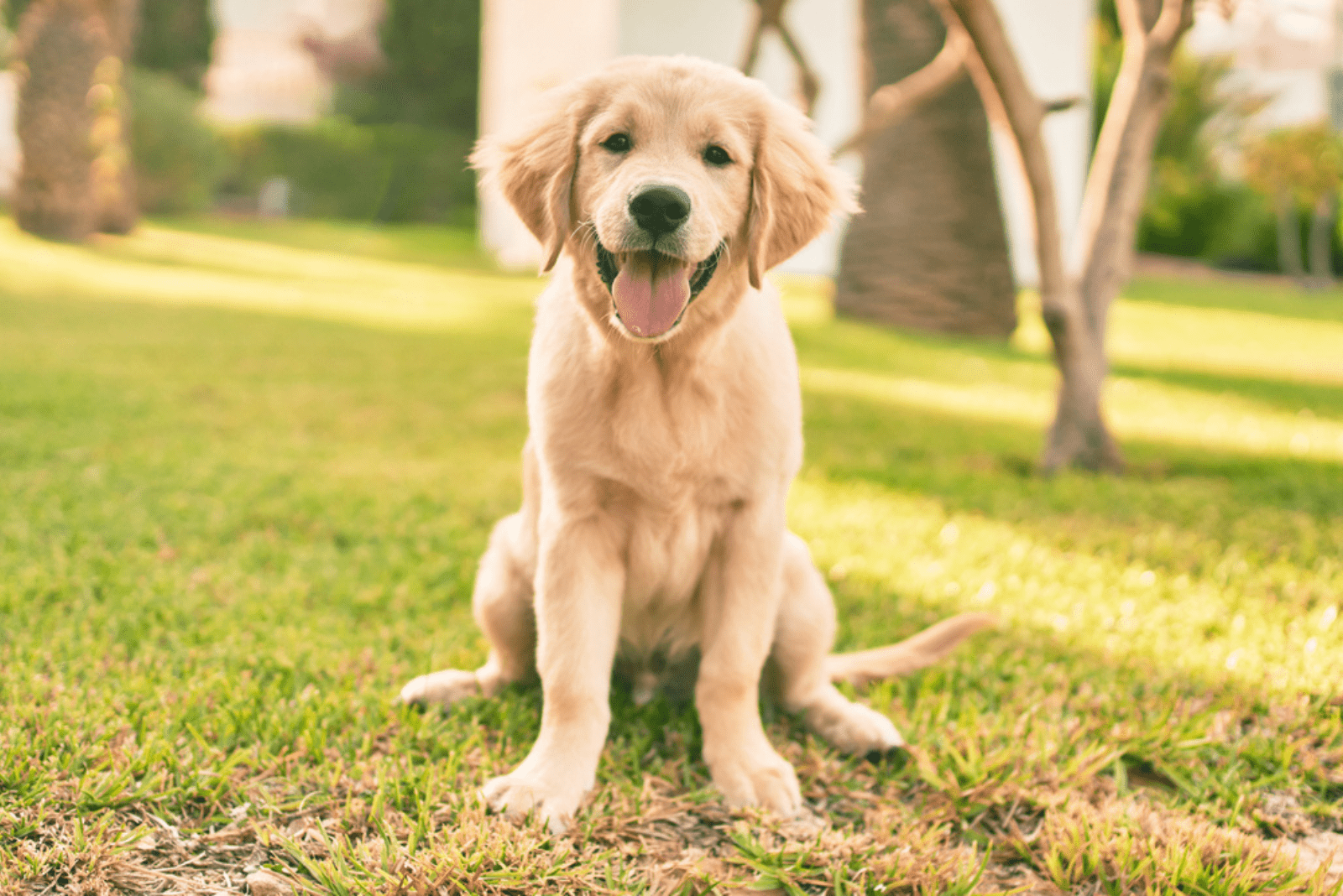One of our loyal readers, Sarah, from Utah, sent us a letter with an interesting inquiry:
“I always dreamt of owning a German Shepherd, and when I finally got the chance to purchase one, there was that one little blonde puppy that stole my heart and I just had to have him. I still love my Blondie, but I have to admit I’m a little bit confused. Is it true that blonde GSDs aren’t purebred? I’ve been hearing that a lot lately, along with other comments, like that my dog is not a German Shepherd at all (which I know is not true), that he’s sick, or an albino dog, etc. I bought my dog from a GSD breeder I found reliable, but such comments put a worm of doubt in me. Of course, this won’t change anything, but I’d just like to know if any of these comments might be true.”
After reading this letter, I realized it’s time to debunk myths related to blonde German Shepherds. Here are some of the most common misconceptions related to these magnificent canines, and the truth behind them.
1. Blonde GSDs Are The Same As White German Shepherds
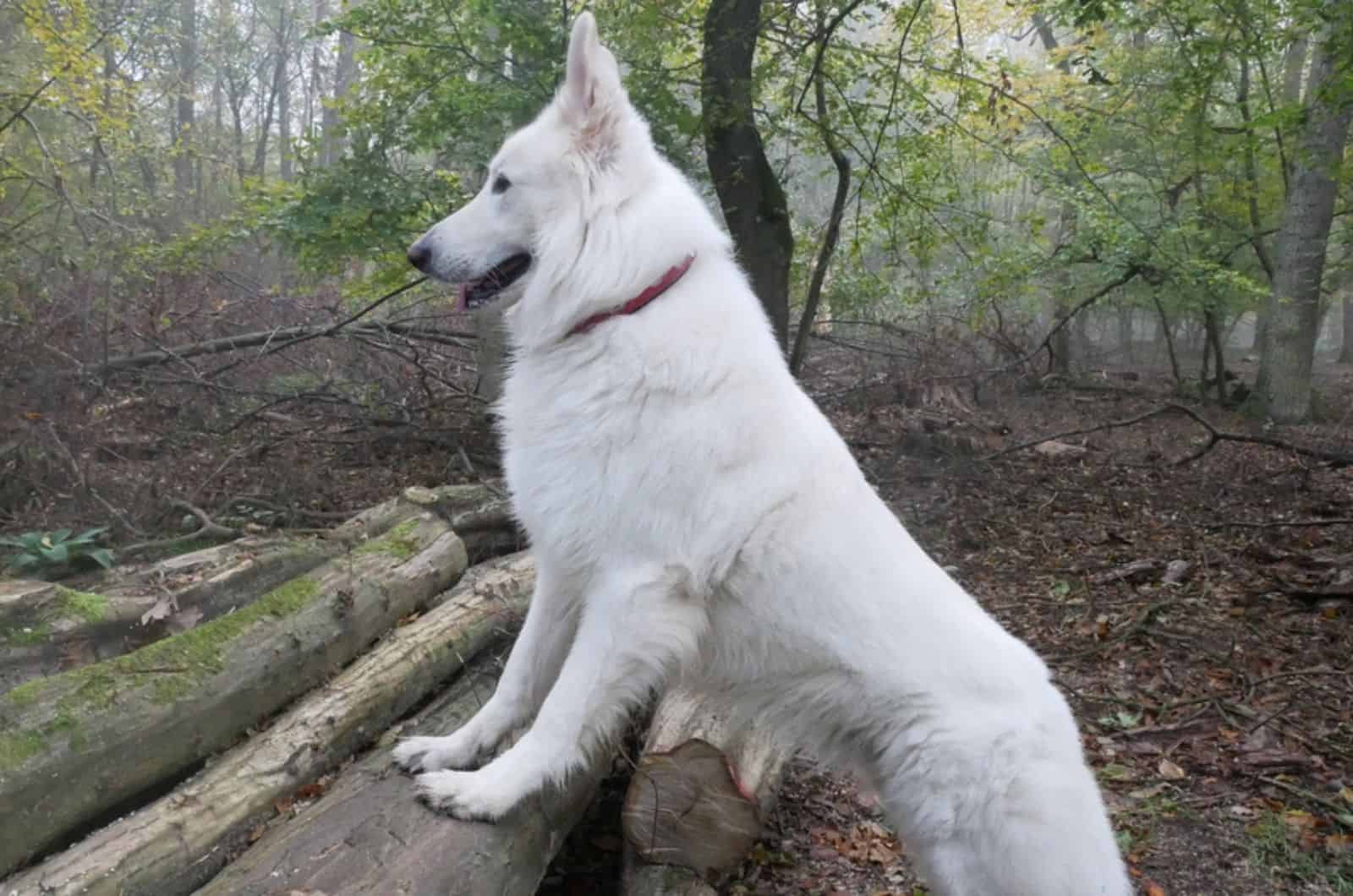
This is one of the most common misconceptions when it comes to blondie Sheppies, and I don’t blame people who confuse blonde for white German Shepherds as they do seem quite similar, especially under certain lighting conditions.
However, if you take a closer look at the blonde German Shepherd puppy, you will notice that its fur isn’t colored in pure white, but rather a type of cream-yellowish shade that is lighter than a cream coat hue, but deeper than white.
Although blonde isn’t a part of the American Kennel Club (AKC) breed standard nor is it recognized as an official German Shepherd color, it still exists as a shade.
2. Blonde German Shepherds Are Not Purebred

I completely understand Sarah’s worry regarding the authenticity of her GSD, especially since blonde purebreds look strikingly similar to Golden Shepherds – a crossbreed of GSDs and Golden Retrievers.
If your pet comes from a rescue center or any other place where you can’t get the parent information from, it is possible that it isn’t a purebred GSD.
That is why it’s important to do your research before purchasing a purebred German Shepherd. Finding a trustworthy breeder who can provide you with information about its parents and genetic background is the key to getting a 100% full-blooded German Shepherd regardless of the coat color.
3. Blonde German Shepherds Are Not Acknowledged By Kennel Clubs
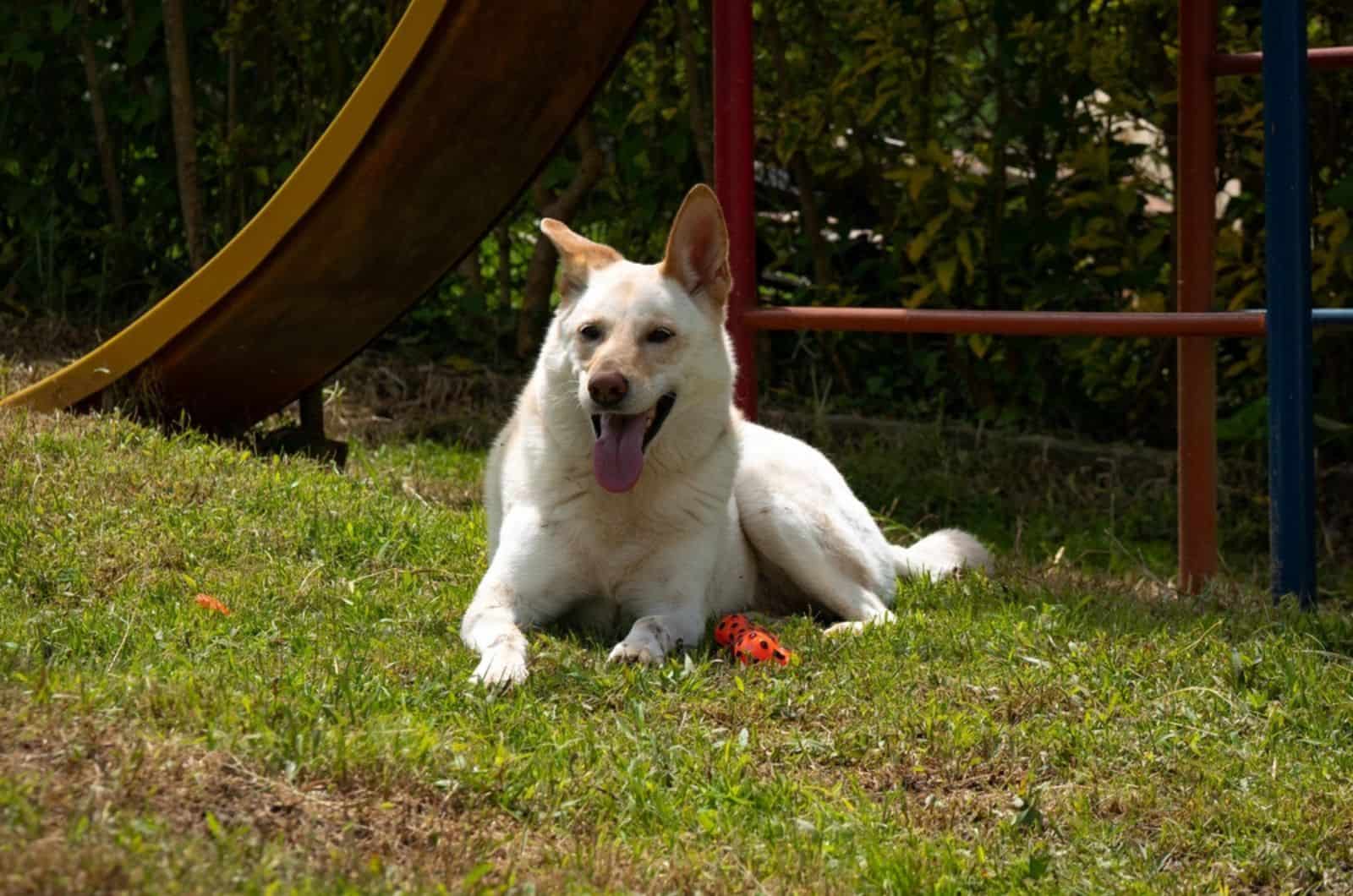
This one is actually true. As I stated above, blonde GSDs are not acknowledged by the AKC or any other official kennel club.
Therefore, this type of canine isn’t able to compete in conformation events or official dog shows. That is why people who are actively involved in dog shows will avoid getting a blonde GSD.
However, if you want to own a GSD as a family pet, there is no reason to stay away from a blonde puppy.
As you can see from this video, blonde German Sheppies are good boys that love cuddles and their owner just as much as German Sheppies in any other shade.
RELATED: 17 German Shepherd Signs Of Affection: How A GSD Shows Love
4. Blonde GSDs Are Albino Canines
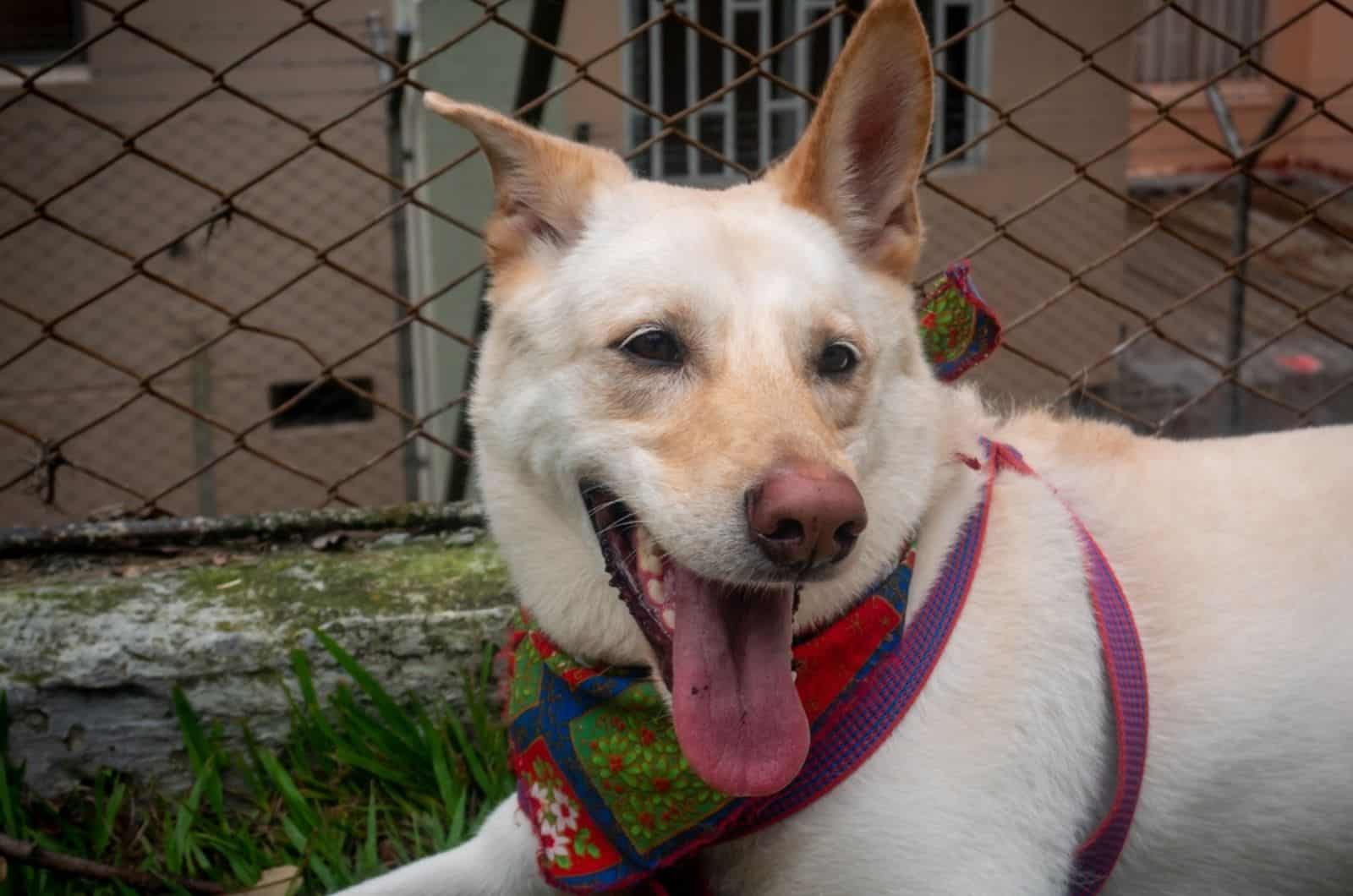
If I hadn’t had previous knowledge of German Shepherds, I’d probably assume that the blonde German Shepherd is actually an albino GSD, considering that it’s highly unusual to see a light-colored pup of this breed.
There are no statistics related to how many blonde GSDs there are in the USA, but they’re definitely not a common sight. Although they might look similar to albino canines, there is one significant difference between the two.
The blonde shade is caused by a combination of genes, which are not related to any health issue.
On the other hand, as it is stated in PetMD’s article, the white coat of albino canines is caused by the inability of melanin gene production. Also, if both parents possess the merle gene, there’s a high chance their offspring will be an albino.
Unfortunately, these unique pups are prone to several health issues, including skin cancer, blindness, photosensitivity, etc.
5. Blonde German Shepherds Can Change Colors
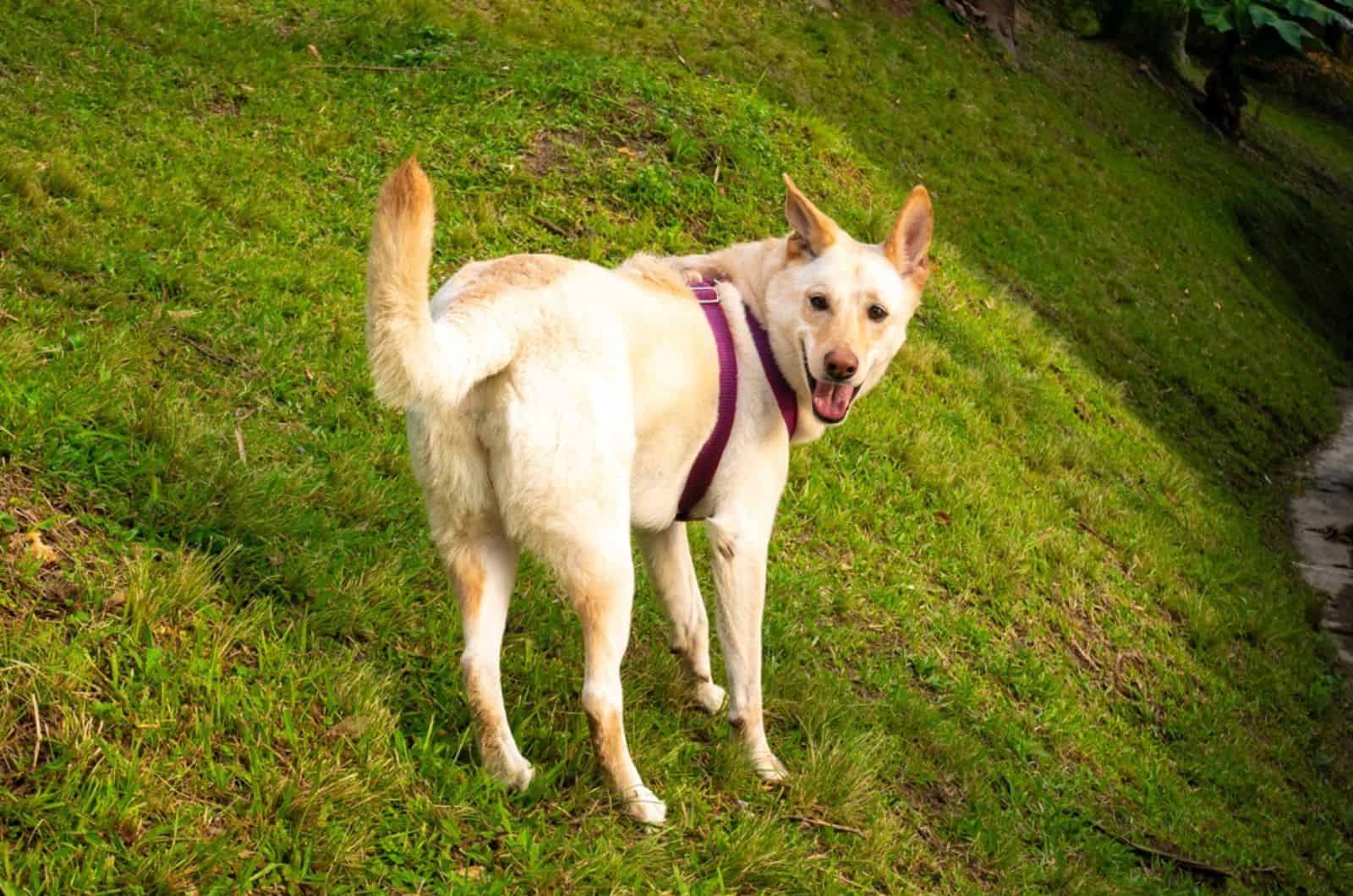
The change in a dog’s coat color can appear due to several reasons, including medications such as cabergoline [1], diet, aging, grooming, etc.
Blonde GSDs can also be prone to these changes, so don’t be surprised if your pup’s fur turns into a cream or a darker yellowish shade, as it ages or receives a certain medical treatment.
They might seem completely white on certain occasions as well, but only under certain lighting conditions, which means that the shade of their fur hasn’t actually changed, so you don’t have to worry about your pooch losing the “blondie charm”.
Still, I’m sure that even if your doggie’s fur shade has changed, your love for him would remain the same.
What Do You Need To Know Before Getting A Blonde GSD?
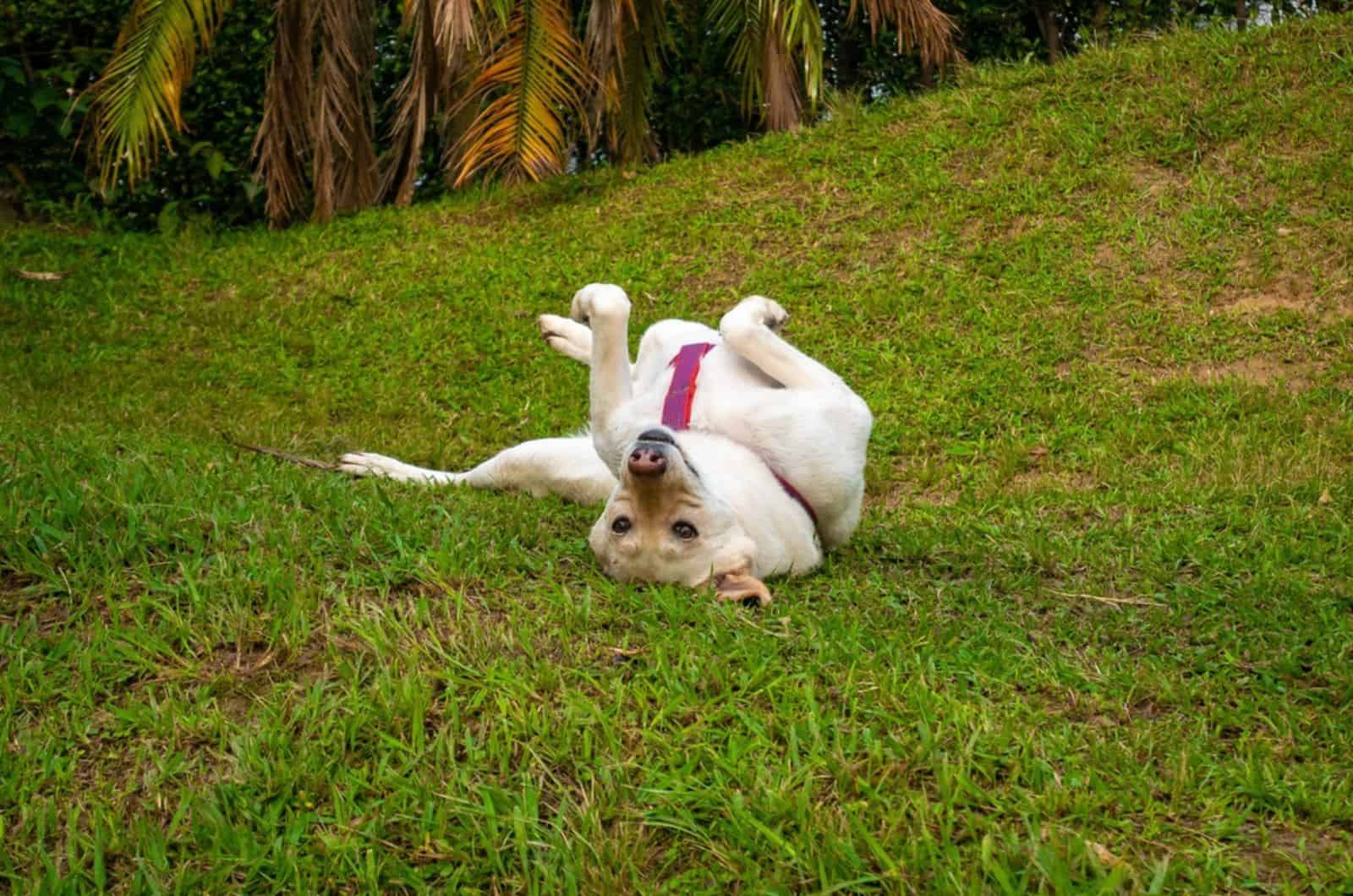
Blonde Sheppies are indeed beautiful, and after seeing one in this video, I completely understand why Sarah immediately fell in love with her pooch.
But, before you decide to get one as well, here are some things you should know.
You Need To Do Thorough Research
Sarah was quite lucky to come upon a breeder who has blonde German Shepherd puppies for sale as they’re not easy to find.
One of the main obstacles in finding a blonde GSD is the fact that the majority of puppies are reserved even before they’re born, so not many puppies are actually left for sale after birth.
The chances of getting a blonde pup are fairly low, so even if you pay a certain breeder in advance, you can’t be sure they’ll have one in the near future. Therefore, you need to arm yourself with patience.
Find A Reputable Breeder
Unfortunately, the Internet is full of scammers, so even if you come across a breeder who advertises adorable blonde GSD puppies, you need to make sure it’s not a puppy mill or a backyard breeder.
The best way to do this is by checking online reviews from other customers, and asking about the parent breeds and about examinations that should be done by the breeder.
Don’t be shy – ask. Every trustworthy breeder will be able to provide you with information regarding the parents’ health, results of genetic tests (move on immediately if they don’t perform them), and breeding procedures.
If the breeder can back up all of their statements with health records and documentation, then there’s no reason to avoid them.
To Sum Up
Dear Sarah, and every other owner who might have doubts about their blonde German Shepherds, I hope this article has helped you understand your blondies better, and given you good arguments for the next time you hear similar comments regarding your pooches.
Just because they’re rare doesn’t mean that blonde GSDs can’t be purebred and healthy pups, just like any other type of German Shepherd.
If you have any inquiries regarding your puppy, feel free to write. The PupVine Team is here to help.
Have a pawsome day!
READ MORE:
Isabella German Shepherd: Is This The Most Unique GSD Color?
References:
1. Gobello C, Castex G, Broglia G, Corrada Y. Coat colour changes associated with cabergoline administration in bitches. J Small Anim Pract. 2003 Aug;44(8):352-4. doi: 10.1111/j.1748-5827.2003.tb00166.x. PMID: 12934808.

